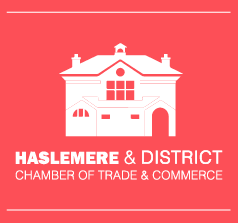You’ve invested time and money to secure a place for your business on the internet. But is your return on this investment in content management an increase in sales and profit, or … nothing?
And if your ROI is still negative or – at best – negligible, what are you doing about it?
A website can be a worthwhile asset if, for example, it:
- increases sales
- fosters genuine customer loyalty
- is recognised as a trusted ‘go to’ source of news, information, advice or products.
A website is a liability if it does none of these and merely occupies space on the web. And a liability website certainly won’t stimulate business. Why? Because it is more likely to deter customers and prospects.
Many small businesses have liability websites. Typically they are quite attractively designed. And they come with all the ‘right’ components – such as News, Blog, Case Studies and so on. But the problem is feeding a stream of content into these pages. This is often something beyond the capability of small site owners.
Fresh content inspires confidence
The result is that sites become stale and underperform on the search engines. And long intervals between new items do little to inspire confidence in the business.
For this reason, I keep my own site reasonably fresh with blog posts, copy changes and occasional new pages. I update it as often as I can. As a result, the site is performing much better than in the past.
Much of my time is taken up with producing material for my clients. They use it as marketing collateral in various forms, including online content. This material includes case studies, features, blog posts and news releases.
I have come to realise that a good, ‘asset’ website is always a work-in-progress. But lifeless websites, on the other hand, will always be a liability.
For help with your website content creation and management – or other copywriting requirements – please contact me.
See previous post on this subject

